Call Us
+86 136 6007 9809
Call Us
+86 136 6007 9809
Apr. 18, 2023
There are rotational loosening and non-rotational loosening. Rotational loosening refers to bolts loosening due to impact, vibration, or dynamic loads. Even slight rotation is enough to cause the bolt connection to lose all its loads, the most common cause of bolt loosening. Rotational loosening is another form of axial force attenuation, mainly manifested as relative rotation between the internal and external threads in the loosening direction, which can be confirmed by marking colors. To prevent rotational loosening of bolts, it is necessary to eliminate sliding between connecting parts or at least reduce it to below the critical level. This can be achieved by increasing the axial preload, increasing the friction between the clamping parts, or reducing cyclic loads (such as impact, vibration, or cyclic thermal loads). Another commonly used method is to increase the friction between the threads. Glue or adhesive is an effective method of increasing friction, but dry glue may make it difficult to disassemble the bolts. Proper joint design should maintain high friction between the clamped objects while achieving high preload. With the improvement of performance and the reduction of combined weight, other failure mechanisms become increasingly critical. The mechanisms of rotational loosening and non-rotational loosening are becoming increasingly common in a lightweight design. Depending on the application of the bolts and the reasons for preload loss, there are usually multiple designs to optimize the bolt connection. The joint can be optimized in thermal loads by selecting materials with equal thermal expansion coefficients. The roughness between the contact surfaces can be reduced to minimize settlement and maintain high preload during operation. Measures such as lowering the aperture or toothed surfaces help to reduce relative displacement. Generally, a good bolt connection consists of highly elastic bolts and challenging clamping parts, which can be achieved through different methods. One method is to design bolts with high elasticity and attach parts with high hardness, and another is to use materials with different coefficients of thermal expansion to design joints.
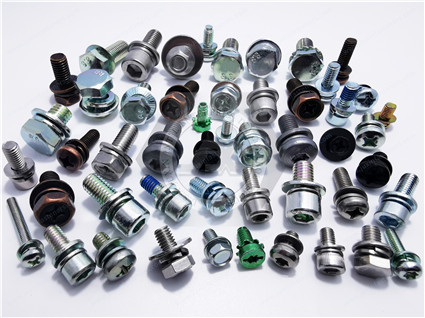 | 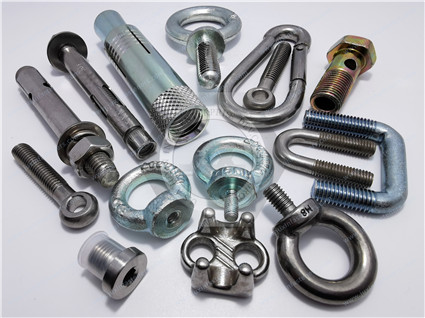 |
Why Do Bolts Loosen Over Time?
When bolts come loose over time, there are two main types of loosening: rotational and non-rotational. Rotational loosening occurs when bolts are subjected to impacts, vibrations, or dynamic loads. Even slight rotation can cause a bolt connection to lose its load, making it the most common cause of loosening. Rotational loosening is another form of axial force attenuation mainly characterized by relative rotation between the internal and external threads in the loosening direction. This can be confirmed by color marking.
To prevent rotational loosening of bolts, it is necessary to eliminate sliding between the connecting parts or at least reduce it to below the critical level. This can be achieved by increasing the axial preload, increasing the friction between the clamping parts, or reducing cyclic loads, such as impact, vibration, or cyclic thermal loads. Another commonly used method is to increase the friction between the threads. Glue or adhesive is an effective method of increasing friction, but dry glue may make it difficult to disassemble the bolts. Proper joint design should maintain high friction between the clamped objects while achieving high preload.
As performance improves and joint weight reduces, other failure mechanisms become increasingly important. Rotational and non-rotational loosening mechanisms are becoming more common in lightweight designs. Depending on the application of the bolts and the reasons for preload loss, there are usually multiple designs to optimize the bolt connection. When thermal loads are present, the joint can be optimized by selecting materials with equal thermal expansion coefficients. The roughness between the contact surfaces can be reduced to minimize settlement and maintain high preload during operation. Measures such as lowering the aperture or toothed surfaces help to reduce relative displacement.
A good bolt connection generally consists of highly elastic bolts and challenging clamping parts, which can be achieved through different methods. One method is to design bolts with high elasticity and attach parts with high hardness, while another is to use materials with different coefficients of thermal expansion to design joints.
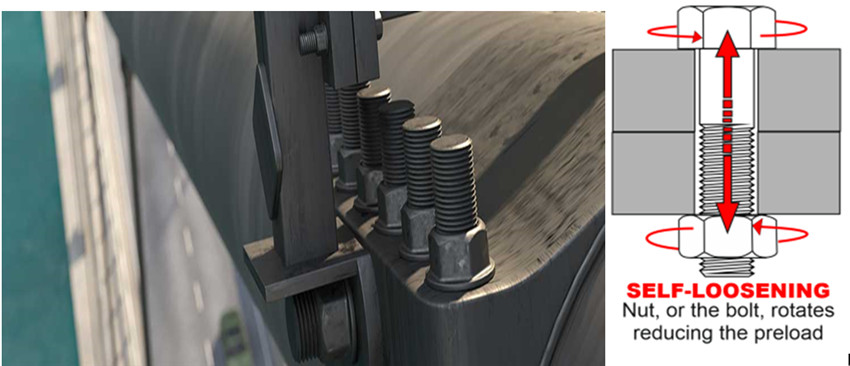
After the bolt is loose, why does it fail?
There are many scenarios of bolt fatigue failure, including in aerospace, automobile, construction machinery, and other industries, and it is one of the leading causes of mechanical failure.
The stress on the material should not exceed the ultimate tensile strength of the material, and fatigue will cause the fastener to be subject to more significant stress and failure.
This failure is due to repeated stress on the bolt over time.
In addition to its quality problems, the most common reason is that the looseness caused by insufficient pre-tightening force leads to failure. For friction-type high-strength bolts, the bolt preload has two effects:
The pre-tightening force generates a compressive internal force between the clamped parts, forming a friction force on the contact surface. The friction force is used to resist the shear force between the connected parts and avoid mutual slippage between the clamped parts.
The bolt itself is unaffected by the shear force, and the friction force between the contact surfaces balances the transverse shear force, which is the design principle of the friction-type bolt.
Insufficient preload is expected, mainly in the following situations:
1. Underestimation of workload
The working load of the bolted connection structure is underestimated, and the actual working load of the equipment during operation exceeds the bolt design's design load, resulting in a tightening force that is less than the actual demand.
This happens occasionally, especially for industries such as special machinery or automobiles. Due to the uncertainty of the product's operating environment, it is difficult for the design load to cover the actual working conditions fully.
In addition, the working load mentioned here is a generalized working load, which includes axial load and axial stress caused by the bending load, as well as mechanical load and tensile effects induced by factors such as temperature changes.
2. Insufficient preload during assembly
The pre-tightening force applied by the bolt during assembly may not reach its design value. The error of the bolt tightening tool and the difference in the tightening process give the applied bolt retightening force a specific dispersion.
When the torque method is used to control the pre-tightening, the dispersion of the friction coefficient of the thread pair and the bottom of the bolt head will also cause the bolt's actual pre-tightening force to be lower than the design pre-tightening force.
3. Loss of bolt pre-tightening force
To analyze the cause of bolt fatigue fracture, it is necessary to detect and analyze the fracture, material, defect, etc., as well as perform mechanical analysis on the bolt connection, detect the external load, bolt clamping force, and bolt performance, and analyze the bolt's working state.
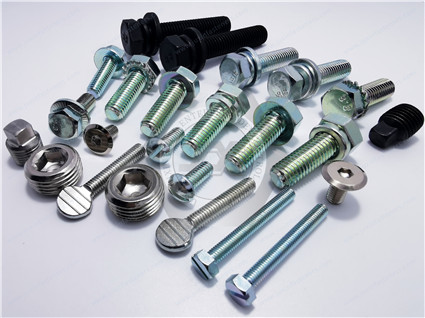 | 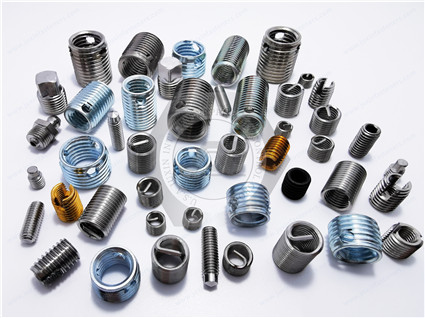 |
Contact Us
Tel.:
+86 020 8621 0320
+86 020 3121 6067
E-mail:
Technical Support:
Navigation
SEND INQUIREY